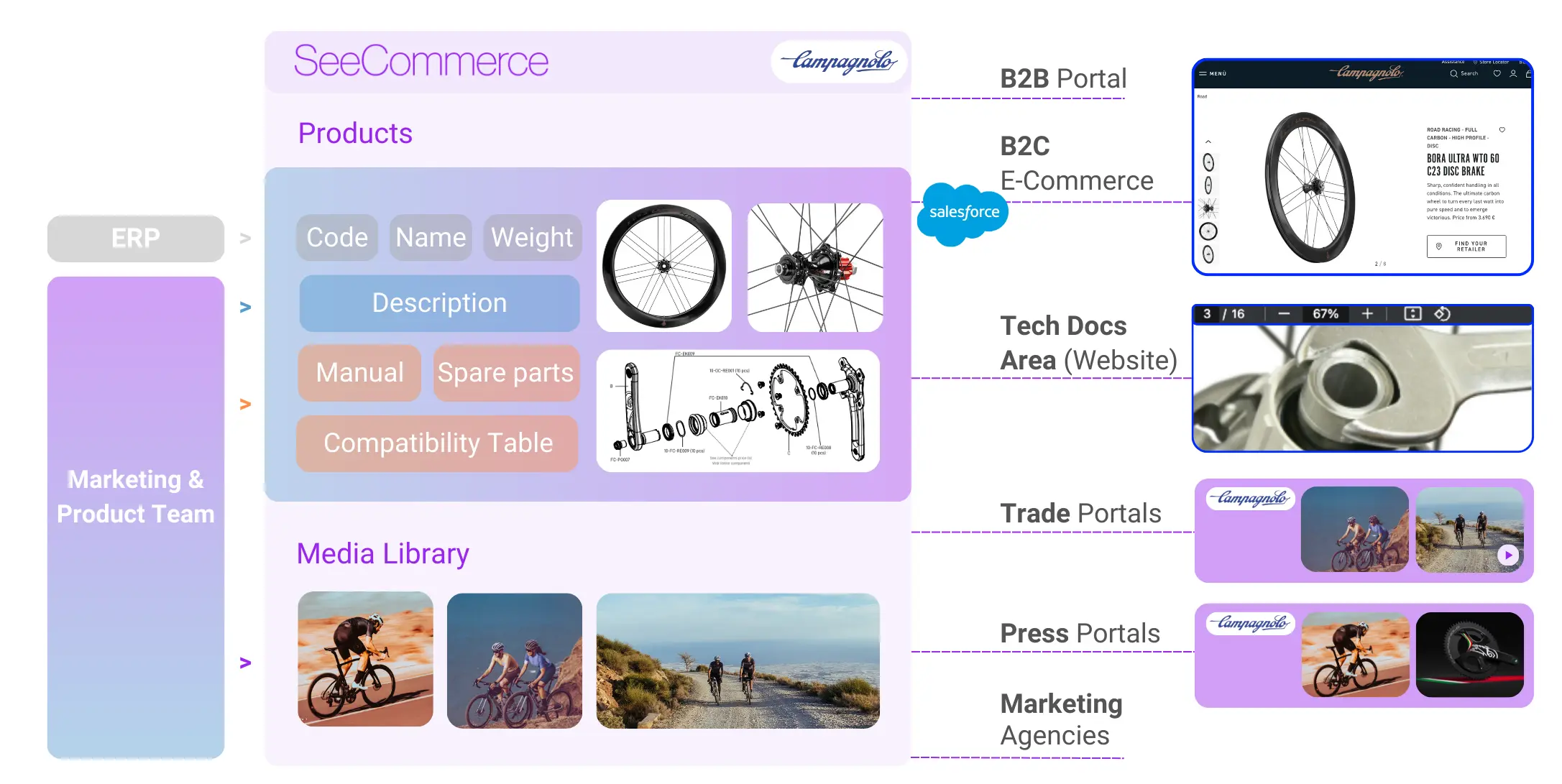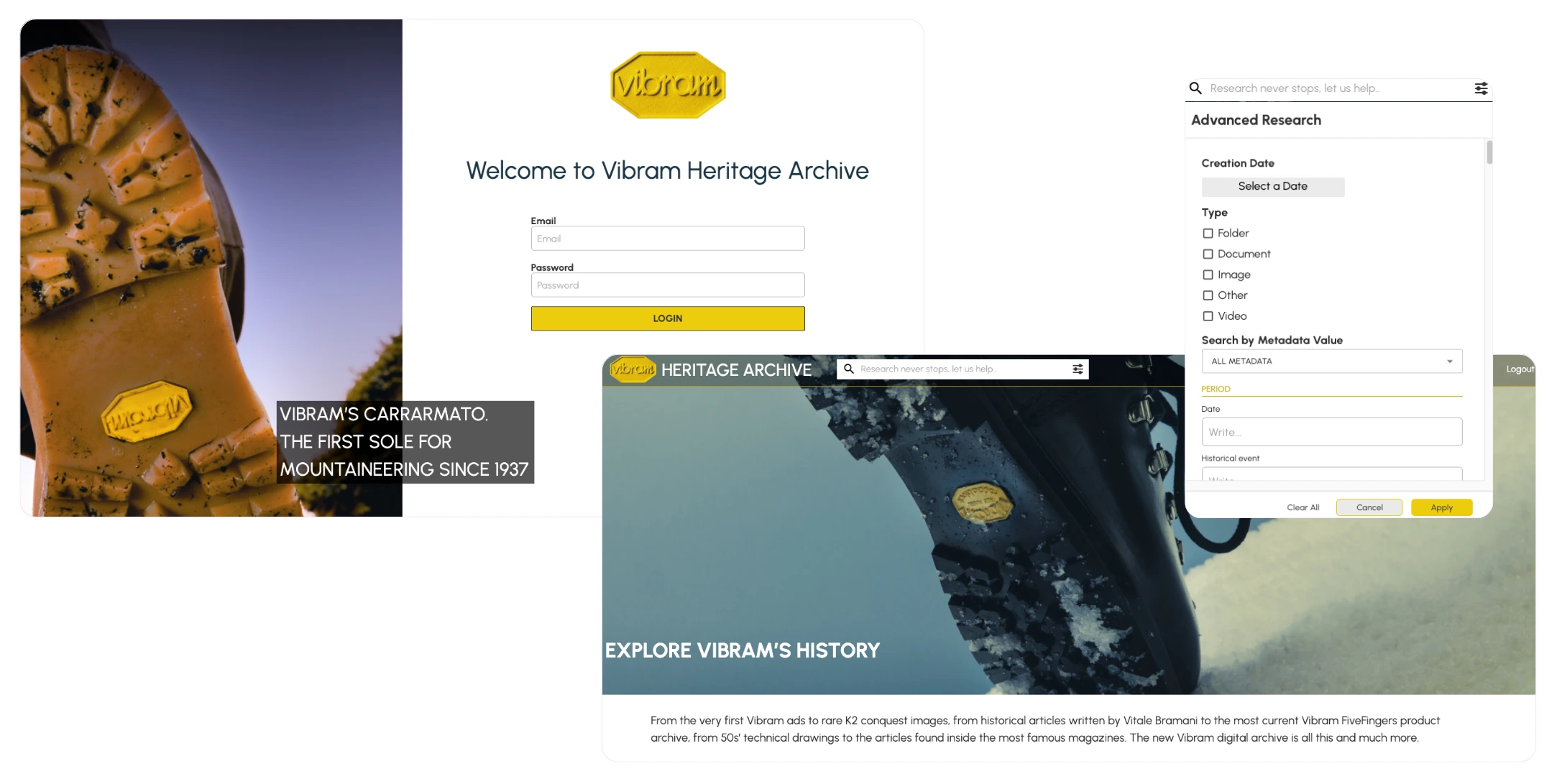
Brand Portal: what it is, what it is for, and 4 examples
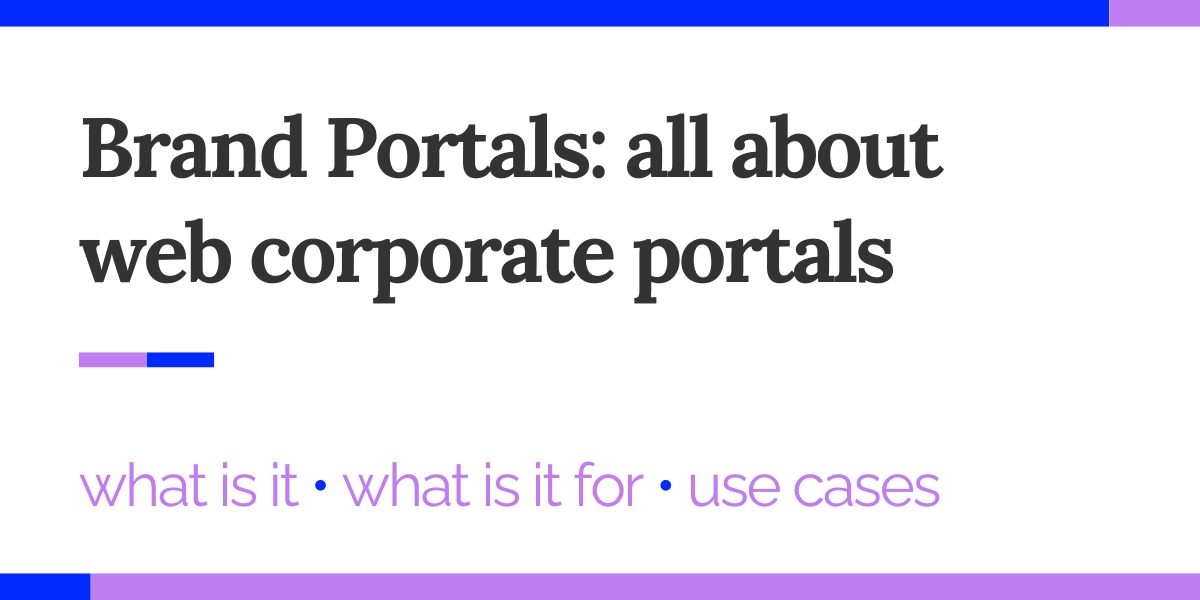
In this article we will shed light on the definition of Portal Brand, clarifying what it is, what it is for, how it works, what benefits it provides, and analyzing some practical examples of Portal Brand.
What is a Brand Portal?
A Brand Portal is a Web portal through which a company shares information and materials related to its brand(s) with stakeholders primarily external to the organization.
In most cases, a “brand portal” (or Brandportal) is a cloud hub populated with media content that which allows stakeholders to view and download photos, videos, manuals, templates, and brand guidelines made available by the company.
The benefits of a brand portal
Offering your partners a cloud space from which to enjoy branded materials has benefits both inside and outside the organization.
On the one hand, brand, marketing, and communications teams reduce the time spent and interruptions resulting from constant requests from sales (B2B agents) or retailers for updated materials.
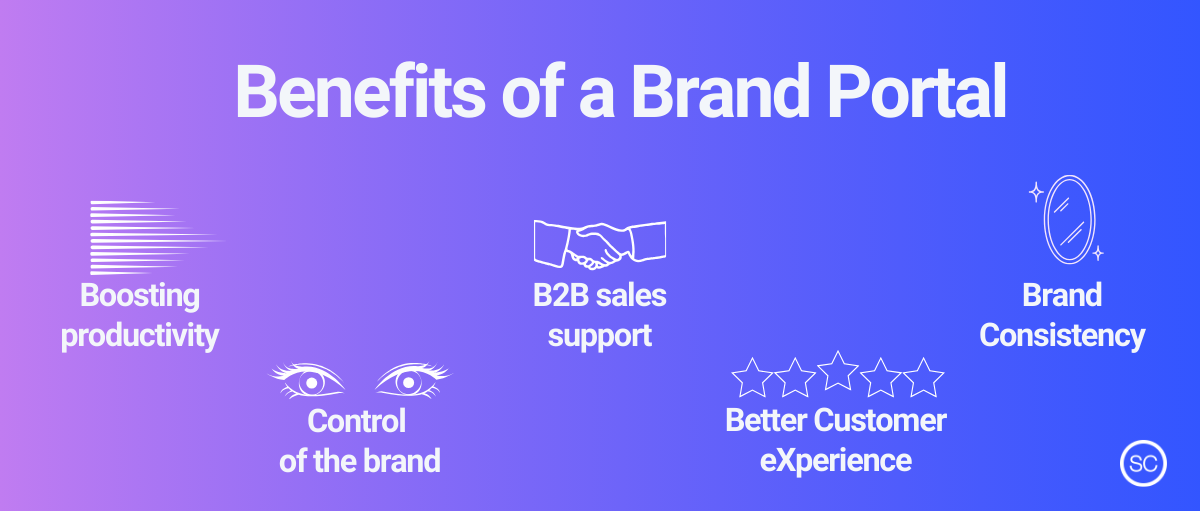
The sales network is autonomous in accessing the content it needs to promote and sell, thus seeing its experience, sales performance and omnichannel brand consistency improved.
In general, moreover, the solution increases the control of the brand, which in an instant can check assets in circulation, update or revoke them, sharing files always safe from unwanted access.
What are the essential features of a Brand Portal?
Since it is a file repository, one of the most common features of a Brand Portal is the flexibility of organizing spaces, usually a digital tree of folders, which are assigned different access rights to users (e.g., read only, download, etc.).
Fundamental to an adequate user experience are search engines, filters and sorting, which allow one to instantly find what one needs.
The visual identity of a portal brand, moreover, is usually customizable with headers, colors and logos, which positively accentuate the Brand Experience of users browsing the portal.
The key role of integrability for a brand portal
As is often the case in IT, one of the crucial aspects of Brand Portals concerns integrability. From this point of view, we can distinguish three brand portals:
- Brand Portal not integrated
- Brand Portal integrated with a DAM software
- Brand Portal integrated with a Product eXperience Management (DAM+PIM) solution.
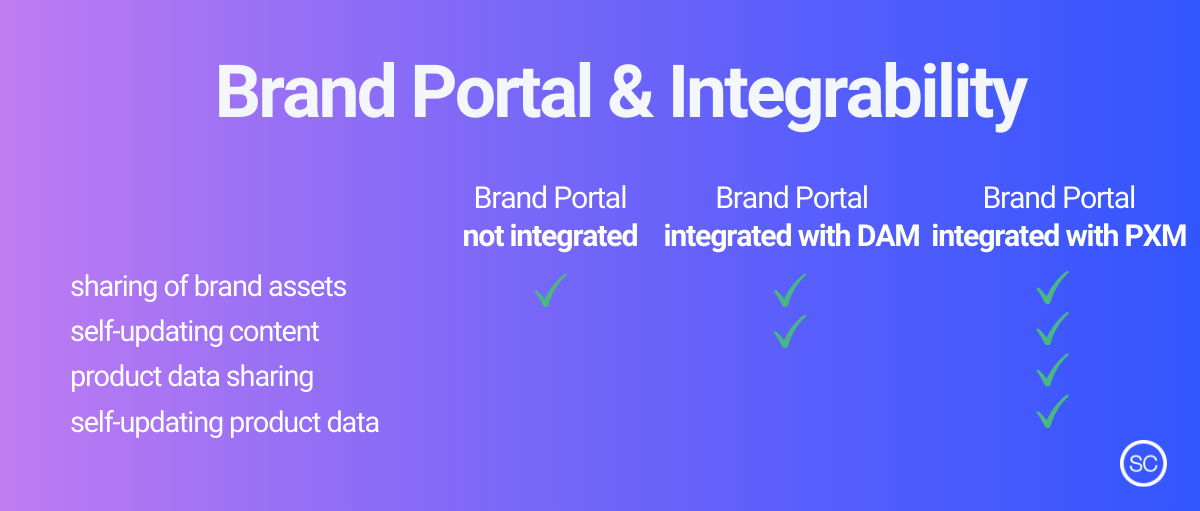
A non-integrated Brand Portal is a file repository that, while fulfilling the need for sharing digital assets, is detached from the IT stack and, as such, must be fed and updated by hand.
The situation is different, however, for a Brand Portal integrated with DAM software, which automatically feeds the portal with the most up-to-date version of content and related metadata that you want to share externally, preventing marketing teams from double manual uploads.
DAM stands for Digital Asset Management, software with which companies manage, share, approve and deliver digital assets such as photos and videos.
The benefits of a Brand Portal integrated with PXM software
A Brand Portal integrated with a Product eXperience Management system (PXM software) undoubtedly makes a difference, both from an internal point of view and from a point of view outside the organization.
A PXM, in fact, combines features of DAM software with those of PIM software (Product Information Management). This means that a Brand Portal integrated with a PXM automatically delivers multimedia content, metadata and any product data it represents.
In other words, the company zeroes out the time spent on sharing both brand and product catalog assets, multiplying the agility of multiple B2B business streams.
4 concrete examples of Brand Portal
We at WARDA have been flanking various global excellences for years.
SeeCommerce PXM, combines DAM and PIM capabilities and natively integrates one or more Brand Portal (Touchpoints) with which to deliver real-time brand assets, data and product catalogs.
A Brand Portal is a flexible tool, suitable for very different purposes. Here are four examples of how some of our clients employ it.
1. B2B Trade Portal
Campagnolo, among the most prestigious global brands of high-end bicycle wheels and assemblies, has implemented as many as two Brand Portals with SeeCommerce PXM.
The first is a Trade Portal, a system through which it provides its distributors with a constantly updated portal from which to view and download campaign images, posters, promotional videos, and information related to its products.
2. Press Portal
A second example of the application of brand portals is the Press Portal.
Returning to Campagnolo’s example, the brand uses it to share real-time with PR and journalists from each brand header up-to-date assets of any item in the catalog.
3. B2B Agent Portal
Several customers leverage Touchpoints (SeeCommerce’s Brand Portal features) to shape a portal from which agents access an actual product catalog on demand.
Perfect for supporting business operations with flexibility and speed, an Agent Portal zeroes in on delays and misalignments between brand and sales, enhancing Brand eXperience and performance sales.
4. Heritage Portal
Another example is the case of Vibram, a world leader in the development and production of high-performance rubber soles, and its Heritage Portal.
Leveraging SeeCommerce PXM, the brand built a heritage-type brand portal, in which it archived, categorized, and made searchable more than 5,000 of the company’s historical media content.
Articles like this one. Via e-mail. Once a month.
If you have read this far, you have probably found this article helpful. We appreciate it.
Sign up for our newsletter-you’ll receive it spam-free once a month.
You only need to enter your name and business e-mail address. Easy, right?
